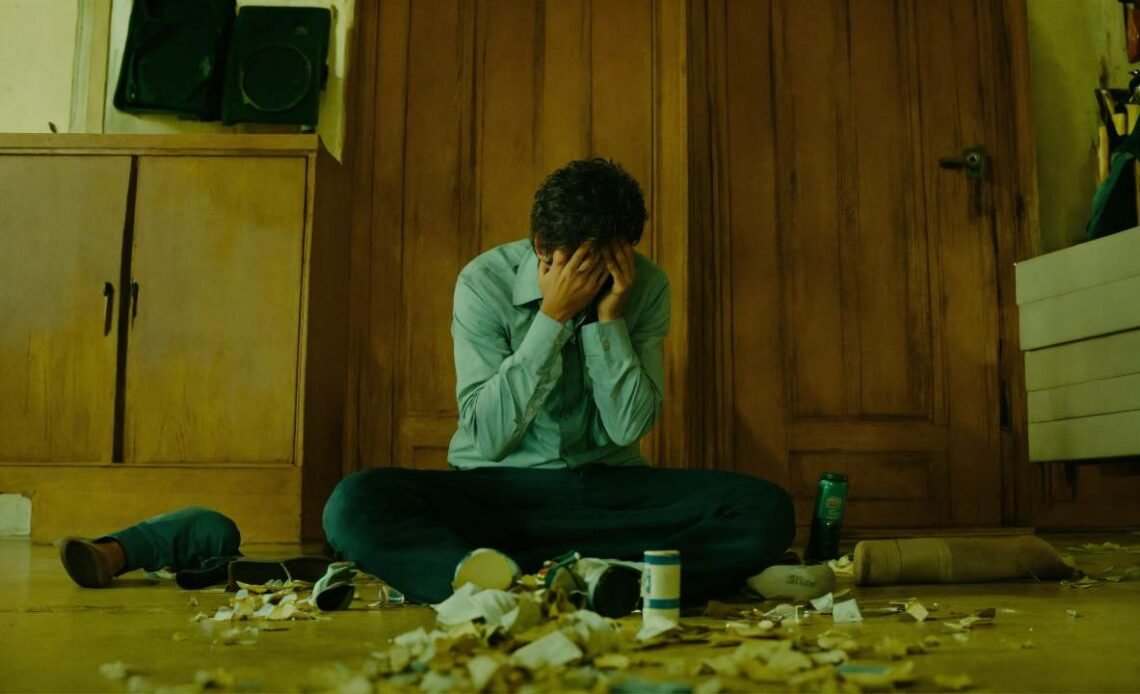Burnout used to be a buzzword reserved for high-powered executives pulling 80-hour weeks. Now, it’s everywhere. Students feel it before midterms, new parents live in it, and even people scrolling endlessly on their phones can’t escape it. The thing is, burnout isn’t just about overwork anymore. It’s woven into the fabric of modern life, hiding behind stress, fatigue, and that nagging sense of “something’s off.” But here’s the problem—most people don’t even recognize it until they’re deep in it. So, what if burnout isn’t just a work problem? What if it’s a life problem we’ve normalized?
Why You Don’t Even Know You’re Burned Out
Burnout doesn’t always show up with flashing neon signs. Sometimes it’s subtle, disguised as random irritability or that hollow feeling when things that used to excite you now feel pointless. You might chalk it up to “just being tired,” but when that feeling lingers day after day, it’s more than that. The trouble is, we’ve been conditioned to accept a certain level of exhaustion as normal. Hustle culture told us that being busy equals being successful. Social media told us that if we’re not thriving, we’re failing. And somewhere between trying to keep up and convincing ourselves we’re fine, burnout crept in unnoticed.
Physical symptoms are sneaky too—persistent headaches, digestive issues, or even just feeling like you’re always one step away from getting sick. It’s easy to dismiss these signs, especially when life doesn’t seem “that bad” on the surface. But burnout isn’t about how bad things look; it’s about how drained you feel inside.
Finding Help That Actually Helps
When burnout finally feels impossible to ignore, most people start looking for help—but that’s often where things get tricky. Therapy can be life-changing, but the process of finding the right therapist? Overwhelming. There’s no universal guidebook, no one-size-fits-all approach. It’s not just about credentials or specialties; it’s about connection. You need someone who gets you, someone who doesn’t just nod politely but actually helps you untangle the mess in your head.
Whether you’re looking for a therapist in Rockford, Nashville or anywhere else, the key is finding the right fit. That means being honest with yourself about what you need. Are you looking for someone who challenges you, or someone who holds space without judgment? Do you prefer structured sessions with clear goals, or more open-ended conversations that evolve over time? The answers aren’t always obvious at first, and that’s okay. It’s not about getting it perfect on the first try—it’s about starting the search, even when it feels daunting.
And if therapy feels out of reach financially or logistically, there are still options. Support groups, mental health hotlines, even just talking to a trusted friend can be a starting point. The important thing is breaking the silence. Burnout thrives in isolation, but it loses power the moment you name it out loud.
Why “Self-Care” Isn’t the Solution You Think It Is
Self-care has become the go-to prescription for burnout, but let’s be honest—it’s been watered down into something almost meaningless. Bubble baths and scented candles are nice, but they’re not going to fix systemic stress. Real self-care isn’t always pretty or Instagram-worthy. Sometimes it looks like setting boundaries that disappoint people. Sometimes it’s deleting apps that drain you or saying no to plans because your mental health needs a night off. It’s not about indulgence; it’s about maintenance.
The problem with the “treat yourself” version of self-care is that it puts the responsibility solely on the individual, as if you’re the problem for not meditating enough or drinking enough water. But burnout isn’t a personal failure. It’s often the result of living in environments that demand too much without giving enough back. So, yes—rest, hydrate, breathe—but also recognize when the issue isn’t you; it’s the system you’re trying to survive in.
Sometimes the most radical form of self-care is refusing to normalize what’s hurting you. That could mean rethinking your work habits, re-evaluating relationships, or even acknowledging that your exhaustion isn’t just “adulting” or just Gen Z stress—it’s a sign that something needs to change.
The Myth of “Bouncing Back”
We love a good comeback story. The idea that you can hit rock bottom, have an epiphany, and then magically return to life better than ever is comforting—but it’s not always realistic. Recovery from burnout isn’t linear. There’s no definitive finish line where you suddenly feel “fixed.” Healing is messy. Some days you’ll feel like you’re making progress, and the next you might feel like you’re right back where you started. That’s normal.
The goal isn’t to “bounce back” to who you were before burnout. It’s to move forward with new awareness, new boundaries, and new ways of coping. You don’t have to become a completely different person. You just have to be honest about what wasn’t working and give yourself permission to do things differently.
And yes, that process takes time—longer than you’d probably like. But that doesn’t mean you’re failing. It means you’re human.
Burnout Isn’t Just a Phase
We treat burnout like it’s a temporary glitch, something you can push through if you just try hard enough. But it’s not a phase—it’s a signal. It’s your mind and body waving a giant red flag, telling you that something needs to shift. Ignoring it doesn’t make it go away. Minimizing it doesn’t make you stronger. The real strength comes from acknowledging it, even when that feels uncomfortable.
Burnout doesn’t mean you’re broken. It means you’ve been carrying too much for too long without enough support. And while there’s no quick fix, there is a way forward. It starts with listening—to your body, to your feelings, and to that quiet voice inside that’s been trying to tell you, “I’m not okay.” That’s not a weakness. That’s the beginning of healing.
